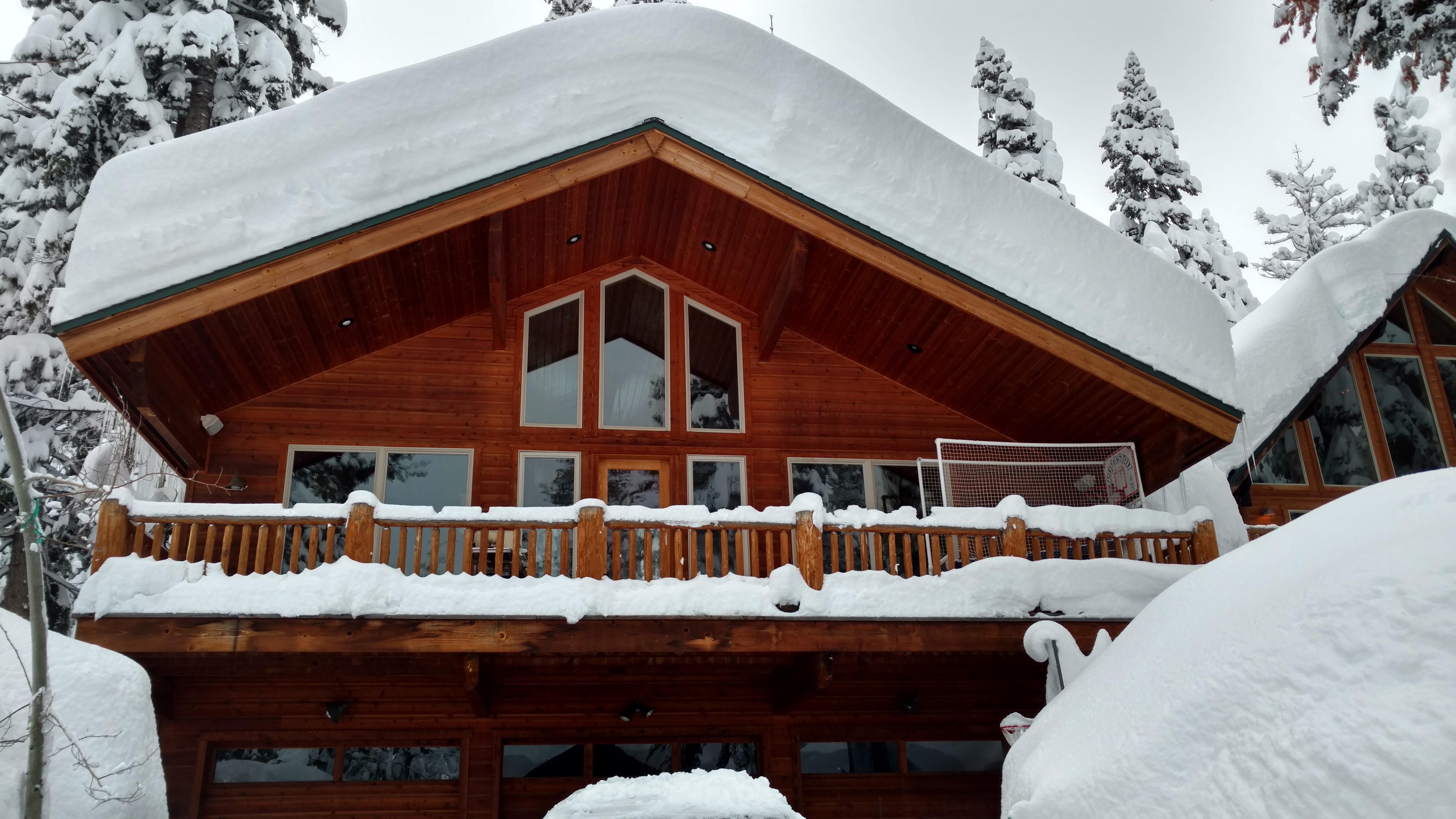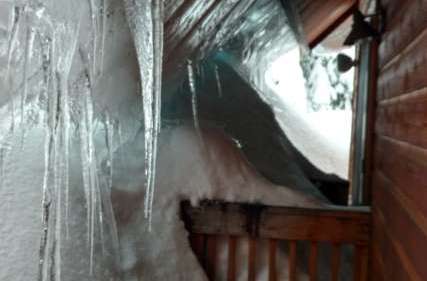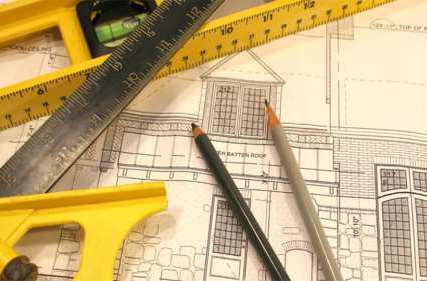When should I shovel my roof?
Estimating roof snow loads

There is so much snow! But when is it too much for your roof to bear? Let Zachary Engineering show you how to estimate when it’s time to shovel your roof.
With the massive amounts of snow the Lake Tahoe region has experienced over the last few weeks, the blizzard which loaded some roofs in nonstandard ways and the next storm being a potential pineapple express rain event, Zachary Engineering is recommending that home owners get their roofs shoveled. One way to estimate when your roof is reaching design capacity is as follows:
Step 1 – Determine the ground snow load. Site specific snow loads are available at each County’s website, including but not limited to: Nevada County, Placer County, Town of Truckee, Washoe County, and supersede the snow load calculator on our website.
Step 2 –Using the Ground Snow Load for your parcel/area, we are going to make an assumption for the Snow Density at 25 pcf (pounds per cubic foot). Next, take the ground snow load and divide it by 25 pcf. This will give you an estimate of the Max Anticipated Ground Snow Depth.
Step 3 - Estimate the Max Depth for the roof. You can do this by multiplying the Max Anticipated Ground Snow Depth by 0.7 which will give you an estimate of the max allowable average roof snow depth (does not account for drift, overhang or valley loading). At this early stage in the season, it is better to be conservative. Therefore, we recommend that when the snow depth on the roof reaches 50% of the Maximum Anticipated Snow Depth at ground level, it should be shoveled. For example, if the Maximum Anticipated Snow Depth at ground level is 9.0 ft, then 4.5 ft of snow on the roof would warrant clearing to prepare for the next storm. In addition, common sense should be used. If your roof is approaching that Max Depth number, and there is a large storm on the horizon, then keep in mind that it will likely not be possible to clear during the storm. Therefore, it might be prudent to have the roof cleared prior to the storm’s arrival.
Step 4 - Be safe! While it is possible to clear your roof on your own, this can be dangerous. As such, we recommend seeking the services of an experienced professional. Please keep in mind that each side of the roof should be cleared at the same time whenever possible, meaning that one side of the roof should not be completely cleared until the opposite side of the ridge is also cleared. We recommend clearing in stages. This will help avoid unbalanced snow loads on the roof. There are lots of stories out there about roofs that fail during or immediately after clearing, and the primary reason for this is inadvertently creating unbalanced snow loads for which a roof might not have been designed.
We hope this helps you in your determination! Please feel free to send us pictures of the large amounts of snow on your roofs; they might end up on one of our slideshows!
Note: This approach should be taken as an estimation only, and does not replace the advice of your design engineer. Zachary Engineering cannot guarantee how your individual roof was designed or built, and as such cannot state without a doubt if your roof will fail under certain conditions. The ground snow load does not take into consideration drift, impact, blizzard accumulations or ice dam loading. Seek the advice of your design engineer if your roof is experiencing excessive deformation or if you are noticing any kind of interior damage due to large amounts of snow.


